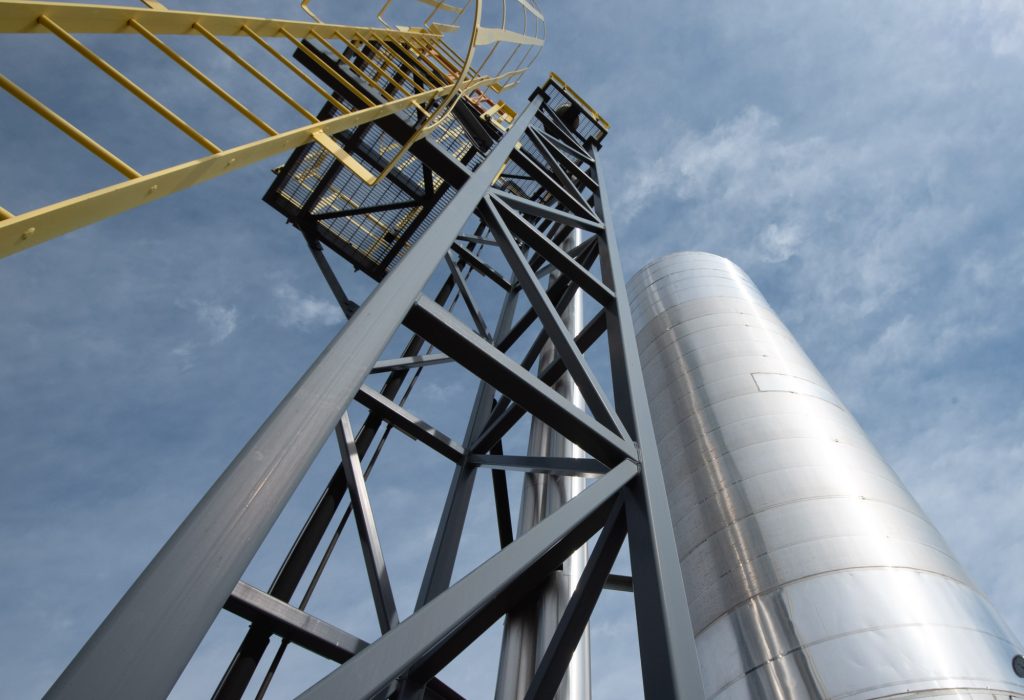Background
In September and October 2022, five Distributed Acoustic Sensing technology (DAS) vendors participated in a benchmark experiment at Carbon Management Canada’s (CMC) Newell County Facility. DAS is an effective subsurface monitoring technology for geological carbon storage. Our Newell County Facility has permanently cemented fibre optic cable, the ability to pause operations for testing and the presence of CO2, making it an ideal location to compare the results from different DAS interrogator units. DAS Interrogator Units emit laser pulses along the fibre optic cables and record back-scattered light as the fibres experience strain from passing seismic waves.
Solution
CMC is assessing and comparing the sensitivity of DAS monitoring data to determine the data quality differences between interrogators employing different optical technology and acquisition parameters. We are determining how to maintain the compatibility of DAS datasets from monitoring programs – spanning years and decades – as DAS technology progresses and changes.
The Newell County Facility is ideal for applied DAS research. A 4.9km loop of straight and helically wrapped fibre optic cables is permanently installed in two monitoring wells and also buried 1 m below surface along a 1.1 km trench. The permanent fibre loop allows for the repeatable collection of high-quality DAS seismic data imaging a subsurface reservoir and an injected CO2 plume. Permanent borehole geophones and temporarily deployed surface geophones allow for further comparison between the various DAS and conventional seismic datasets.
Results
Each DAS vendor completed one day of testing at the Newell County Facility. Surveys were repeated under very similar weather conditions, minimizing weather-related variability of surface and near-surface conditions that can affect time-lapse seismic data. Source points were repeated multiple times per day while varying the interrogator parameters that control signal strength, spatial sampling, and resolution. CMC is now processing the data to identify and mitigate the differences introduced by the various interrogators as well as to demonstrate the challenges and solutions involved in reconciling different DAS datasets for time-lapse monitoring of geological carbon storage.
Are you interested in the other results our experts gather at the Newell County Facility? By joining our Joint Industry Partnership, you not only receive access to our site and equipment but also to all of data and technology assessments we complete along the way. For more information, please contact us today.
